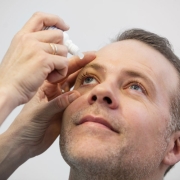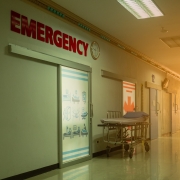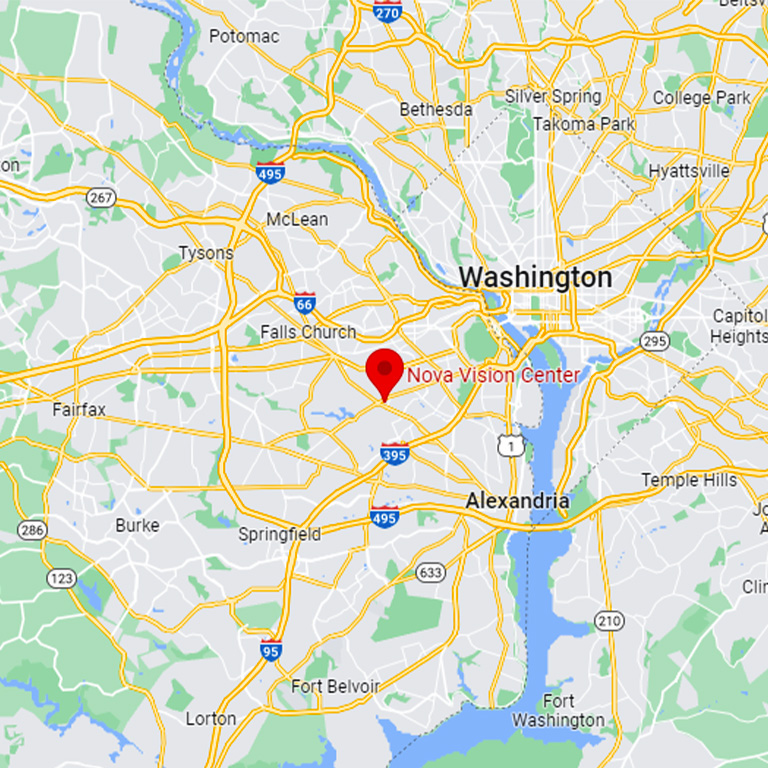Common Causes of Itchy Eyes
Millions of people around the world suffer from itchy eyes. But if you’re one of those millions, it’s little consolation to know that you’re not the only one. Chronic itchy eyes can be caused by a variety of reasons, and Nova Vision Center is here to help get to the root cause.
Dry Eye Syndrome
One of the symptoms of dry eye syndrome is itchy eyes. This is because dry eye syndrome causes eyes to be irritated on a chronic basis. The problem is, rubbing the eyes only irritates them more, creating a vicious cycle of irritation. Thankfully,dry eye services in Falls Church, VA are available at Nova Vision Center for new and existing patients.
Allergies
If your eyes get itchy at certain times of the year only, the underlying cause may likely be seasonal allergies. Your optometrist may be able to give you topical eye drops to help you to get relief when your eyes are irritated due to seasonal allergens, pet dander and other causes.
Conjunctivitis
If your itchy eyes aren’t something you normally deal with, you may have contracted conjunctivitis, commonly called pink eye. Pink eye is highly contagious, so early diagnosis and treatment is essential.
Medical Condition
In some cases, itchy eyes may be a symptom of underlying medical conditions such as blepharitis, an inflammation of the eyelids, or more rarely, autoimmune diseases like Sjögren’s syndrome.
While occasional eye itchiness can often be resolved by avoiding triggers or using prescription eye drops, persistent symptoms shouldn’t go ignored. An eye care professional can determine the root cause and recommend appropriate treatments, such as antihistamine drops for allergies or specialized therapies for chronic dry eye. Contact youroptometrist in Falls Church, VA at Nova Vision Center for diagnosis and treatment.











